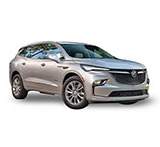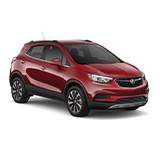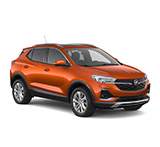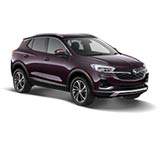Buick
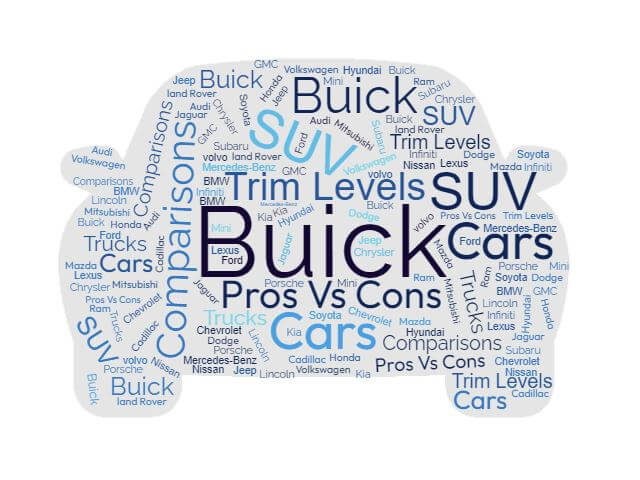
About Buick
When 15-year-old Scottish immigrant David Dunbar Buick apprenticed as a machinist at Alexander Manufacturing in 1869, he embarked on a journey that ultimately led to the creation of the world's largest corporation. The General Motors Heritage Center characterizes the establishment of the Buick Auto-Vim and Power Company in 1899 as "the spark that created General Motors”. David Buick was a prolific inventor who was awarded 13 patents in the 1880s, including one for a process to bond porcelain to metal. A chronology of Buick accomplishments reveals a tenacious, forward-looking and innovative firm, determined to make a mark in its industry.1899 - The Buick Auto-Vim and Power Company was founded by David Dunbar Buick, who then developed improvements to the overhead-valve gasoline engine with Walter Marr.
1903 - Buick Auto-Vim was acquired by James Whiting of Flint, Michigan's Flint Wagon Works. Whiting served as president, and David Buick remained in charge of operations.
1904 - Whiting convinced Durant-Dort Carriage Company magnate Billy Durant to invest in Buick and take over its management. Buick produced 37 Model B cars that year.
1905 - The Vice President of the United States, William Fairbanks, rode in a Buick during a parade celebrating Flint, Michigan's 50th anniversary.
1908 – Buick chairman Billy Durant formed General Motors as a holding company, with Buick Motors as the only original holding. Buick had become the world's largest car maker, but Durant's September 16 announcement of GM's establishment was not big news. It was overshadowed by White Star Lines' announcement of its intent to build the world's largest ocean liner, the Titanic. Later that year, GM bought Oldsmobile and improved it with Buick-designed components.
1909 – A Buick driven by Louis Chevrolet won the 10-mile second race, and the 250-mile Prest-O-Lite Trophy was taken by another Buick, driven by Bob Burman. Louis Chevrolet also took second place with a Buick that year in the Giants Despair Hillclimb, despite rolling the car over.
1915 – Buick shipped over 700 Model C-4 Delivery pickup trucks to Europe, where they were converted to ambulances for the Allied war effort.
1923 – Buick was the first big-volume auto maker to offer brakes on all four wheels.
1931 – Buick became the first maker to offer an overhead-valve eight-cylinder engine, and the first to offer a syncromesh transmission across the line.
1938 – Buick displayed the world's first concept car, the Buick Y-Job, designed and built by Harley Earl.
1939 – King George VI of England chose a Buick for his Royal Tour of Canada, and Buick offered the industry's first turn signals as standard equipment.
1942 – Buick entered the war effort in World War Two, as General Motors turned over all production to the government until 1945.
1948 – The industry's first hardtop coupe was introduced by Buick, along with the first automatic transmission to use a torque converter instead of a clutch.
1951 – Harley Earl's Buick LeSabre and XP-300 revolutionized industry styling with aluminum bodies, prominent fins and aviation styling cues.
1952 – Buick joined Cadillac and Oldsmobile as the first automakers to offer power steering.
1953- The Wildcat concept car was displayed at the Detroit Motorama. As a small, two-seat sports car with a fiberglass body, it was the prototype design for the first Chevrolet Corvette. The Buick Century was introduced that year, along with the new Buick Nailhead V-8 engine.
1959 – The Indianapolis 500 Official Pace Car was the Buick Invicta.
1960 – The Buick Electra 225 was chosen as the Official Pace Car for the Indy 500
1962 – Motor Trend magazine's choice for Car of the Year was the Buick Special.
1963 – The Electra 225 was the Indianapolis 500 Pace Car.
1975 – The Indianapolis 500 chose the Century as its Official Pace Car.
1976 – The Century repeated as the Indianapolis 500 Official Pace Car.
1979 – Motor Trend chose the Riviera S-Type as its Car of the Year.
1983 – The Buick Riviera was selected as the Indianapolis 500 Official Pace Car.
1984 – Buick was the Official Car of the XXIII Olympiad.
1988 – The U.S. Olympic Team selected Buick as its Official Car.
1993 – Buick offered the Special 90th Anniversary Edition LeSabre.
2001 – Buick introduced the Rendevous Crossover, its first SUV.
2005 – The Buick lineup was reduced to three models.
2009 – The J.D. Power and Associates Vehicle Dependability Study named Buick as the most dependable brand in the United States.
2010 – Buick became the fastest-growing automotive brand in America.
2015 – The Cascada convertible was shown at the North American International Auto Show.
2016 – The Buick Cascada hits the market for the 2016 model year.
As the oldest active American car maker, Buick's corporate history is symbolic of the history of the automobile in the United States. It's evident from this list that the company remains fresh, forward-thinking and relevant in its second century. Buick is one of the most recognized of American brands, and will always be known for its significant impacts on the American automobile industry.

